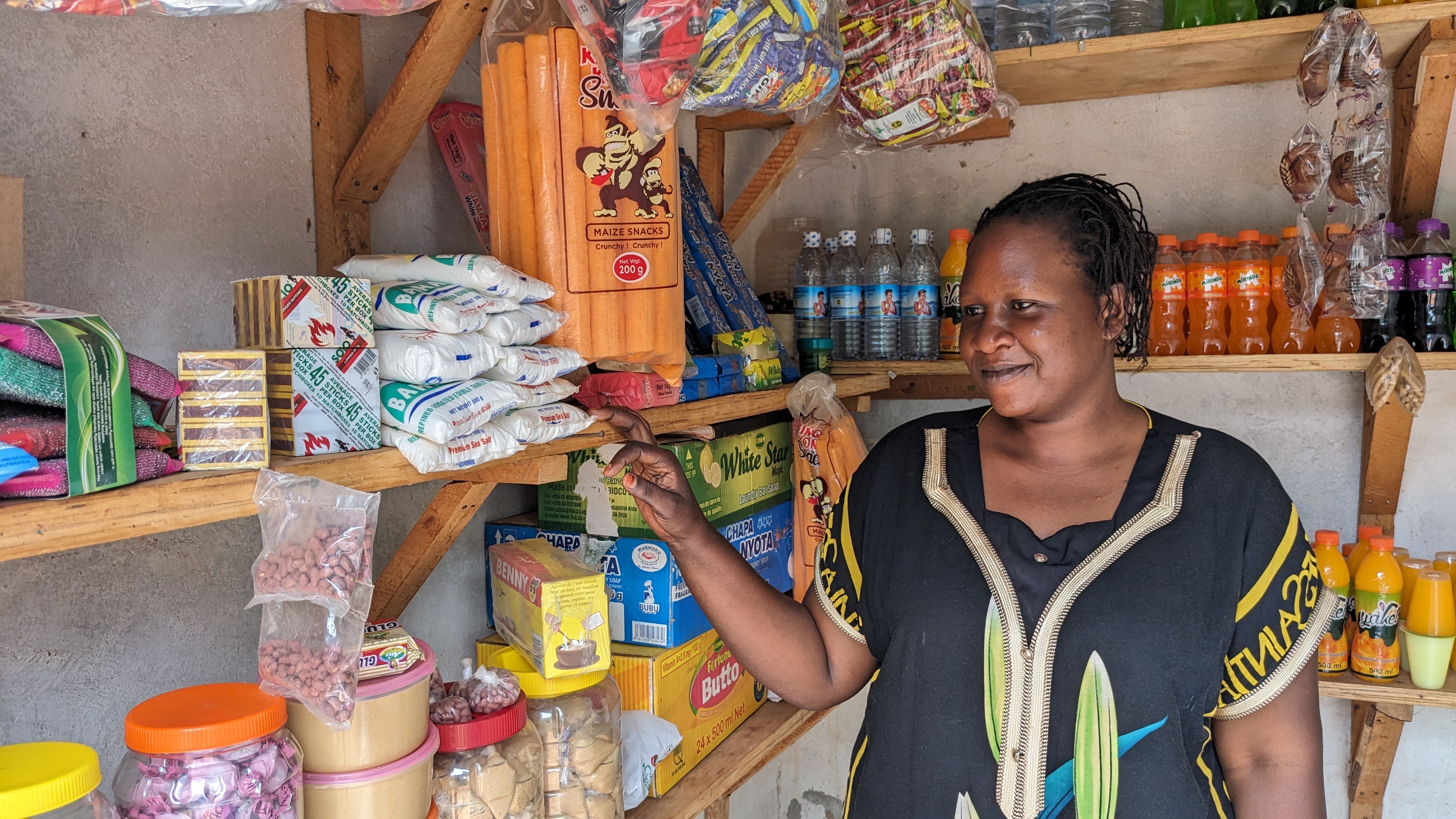‘Tis the season for charitable giving, and everyone, it seems, has a request: your kid’s school wants winter coats for its annual coat drive. Your mom asks you to donate to the Cockatiel Rehabilitation Society in honor of your beloved Aunt Carol (who has volunteered there for 20 years). GiveDirectly wants you to donate so they can give more cash to very poor people. Which cause should you prioritize?
One possible, and familiar, answer is: whichever moves you most. For example, John Hanc, writing recently in the New York Times, advised readers to “follow your passion, all the way to the next emergency.” The problem with this approach is not only that it overlooks bad situations that aren’t emergencies; it also treats charitable giving like personal consumption: you pick the cause about which you are passionate, just like you pick a bottle of wine or new sweater. It fails to recognize the moral value of charitable giving, which involves responding to needs that other people have or injustices that they face.
A second answer is that you should choose GiveDirectly, because it best addresses the most severe problem with the fewest negative effects. This is a better answer than the first in that it is responsive to what charitable giving is, but it also feels incomplete, because it doesn’t acknowledge or explain the pull of the other two causes.
A third answer— my favorite—is: don’t choose. I don’t mean give something to each cause (which is itself a kind of choice). Rather, I mean: don’t group these causes together as generic “charities” and make tradeoffs among them within your charity budget. Instead, consider how donating to each of these causes functions: whom does it benefit, and how? What values does it enact or promote? What relationships or connections does it strengthen? This line of thinking reveals that different types of charity are frequently more similar to other activities than they are to each other, and so ought to be traded off against those other activities instead.
Consider the coat drive and other forms of charitable giving that involve in-kind, local donations of items that you already had on hand, or short-term volunteering opportunities. These activities feel great, build community, and make someone else’s life a little better. They impose few if any financial costs on the donor. So while you might need to decide where to donate that extra coat, or where to volunteer locally, there is little justification for donating less money because you do these other activities.
What about donating to honor Aunt Carol versus donating to GiveDirectly? While they both involve contributing money, donating to honor Aunt Carol is more like buying her a gift or taking her out to dinner than it is like alleviating severe poverty. It therefore makes more sense, when doing one’s mental accounting, to take the cockatiel rescue donation out of one’s “gifts to friends and family” budget than a generic charity budget. (Even though a main purpose of the donation is to honor Aunt Carol, the donation still has other effects—on cockatiels— and so the donor still has a responsibility to do due diligence on the recipient organization, to ensure that it doesn’t cause harm.)
Correspondingly, I think of my own donations to GiveDirectly as coming out of my budget for effectively addressing serious suffering and injustice. While it can be tempting to “double dip,” and categorize donations that are motivated by personal relationships as also addressing serious suffering and injustice, I try to avoid doing this unless the recipient organization really is one that I would pick if addressing serious suffering and injustice were my only criterion.
When it comes to donating, there is no way to avoid difficult choices and tradeoffs. But making tradeoffs based on the purpose and function of donations, rather than whether they fit into a generic category of “charity,” is a good place to start.

